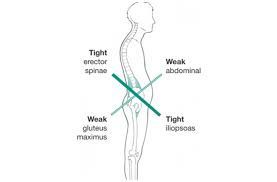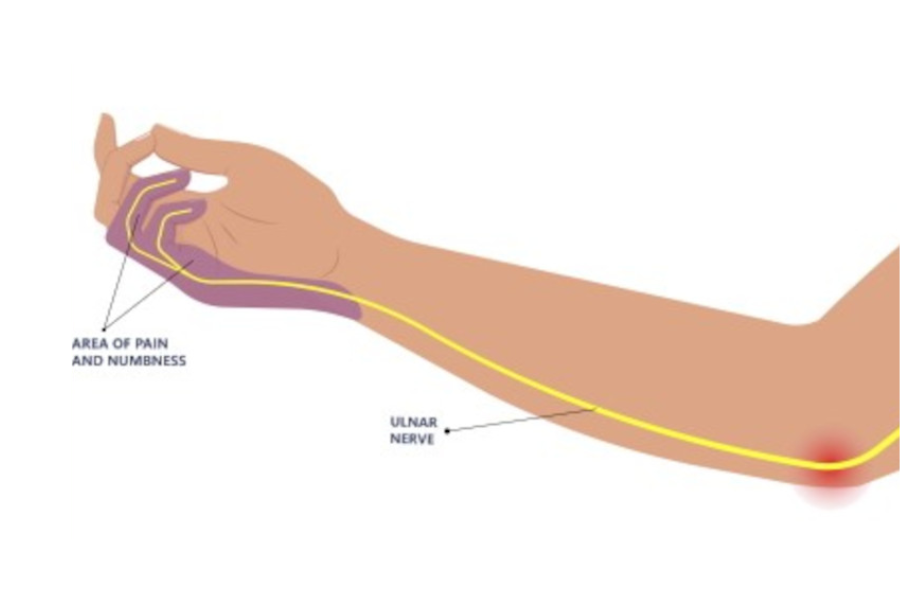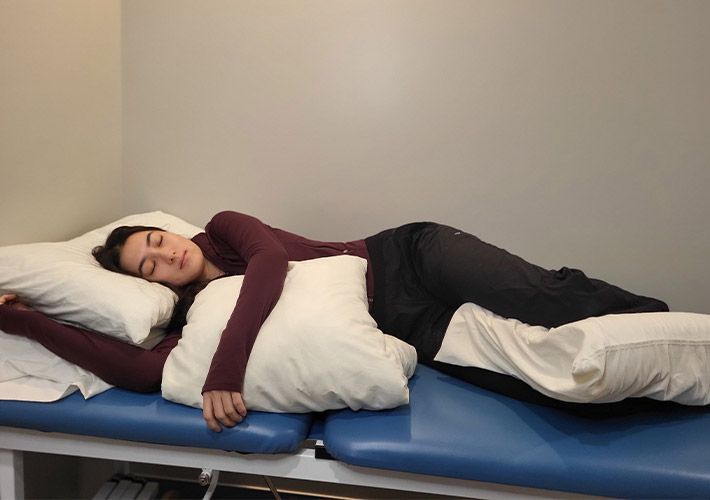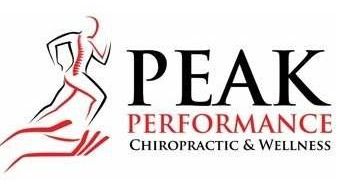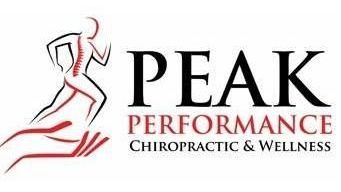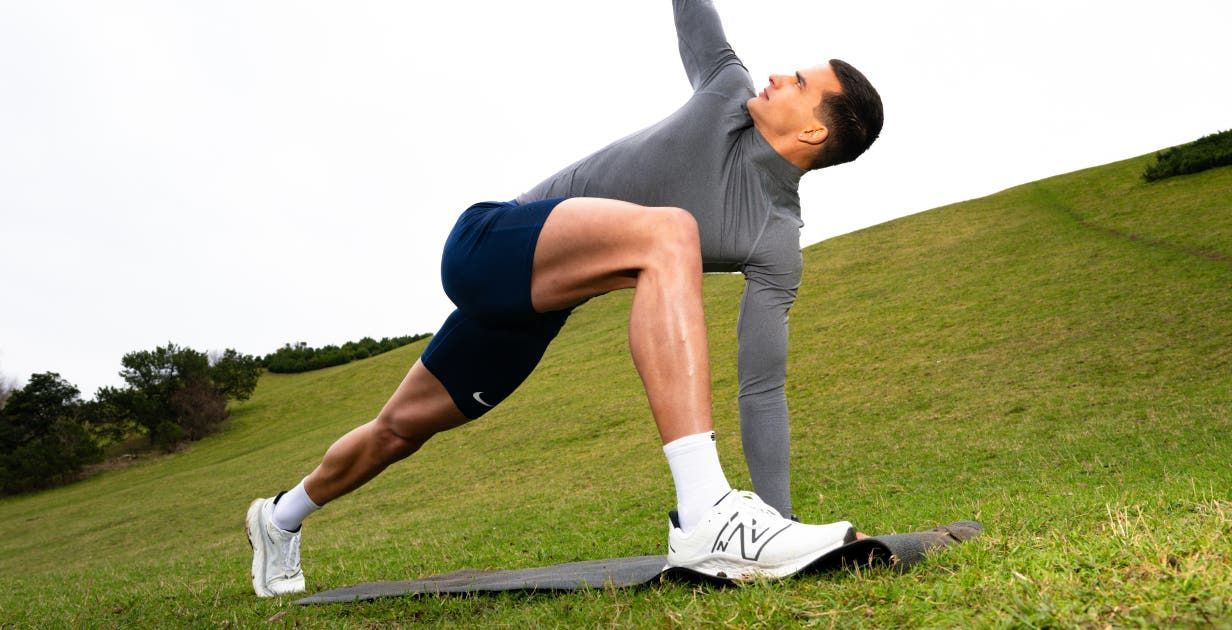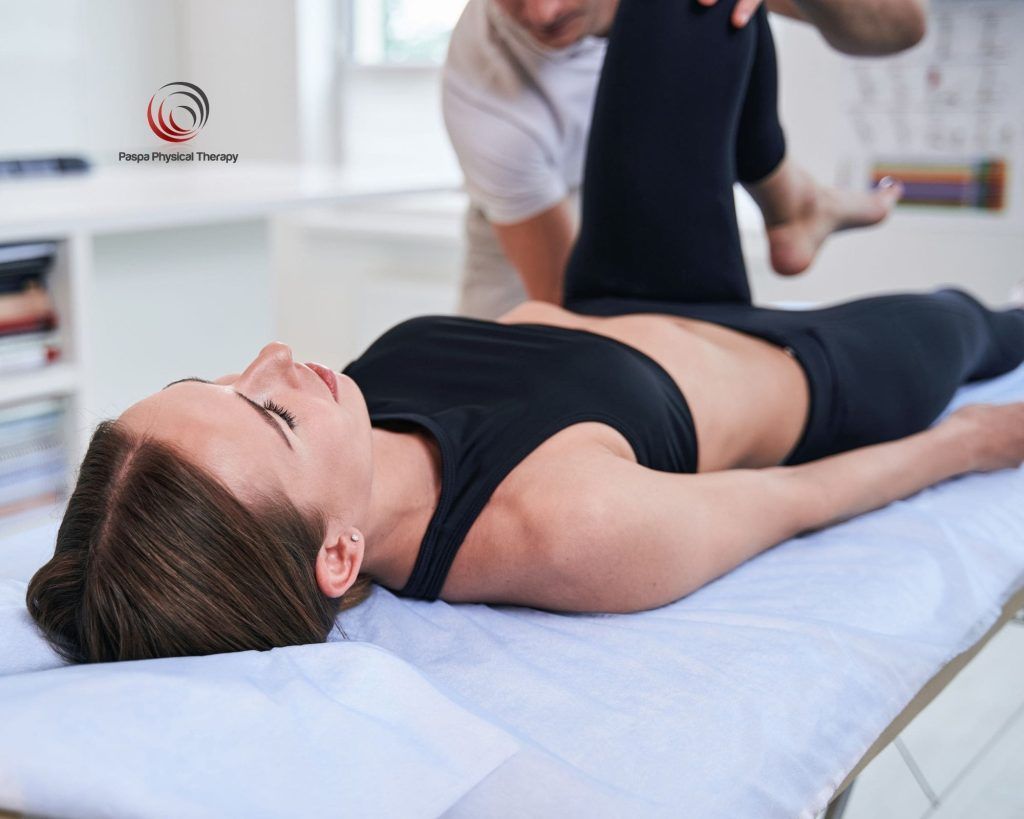Rapid Release vs Massage Guns

Choosing the Right Tool for Relief
In recent years, both rapid release therapy devices and massage guns have gained popularity for providing muscle relief and relaxation at home and in clinical settings. At our office, we use rapid release in most patient appointments, and we’ve recently started selling a convenient mini version for patients who want to use it outside of the clinic. But how do these devices compare, and which might be the right fit for you? Let’s break down what each tool offers, the benefits, and how they differ to help you make the best choice for your muscle care needs.
Rapid Release Therapy: The Power of Vibration
Rapid release therapy (RRT) devices are specialized tools that use high-frequency vibration, typically in the 170 Hz range, to release tension and improve soft tissue health. The high-speed, low-amplitude vibration works on a smaller, more targeted scale than a typical massage gun, allowing it to focus on specific, tight areas—making it ideal for addressing muscle knots, scar tissue, and minor joint pain. This precision makes it a go-to in our clinic for patients who need focused, professional-grade treatment.
Since we’ve introduced a mini version, RRT is now available for home use, bringing many of the clinic benefits to your own space. The mini rapid release is easy to use on targeted areas, especially helpful for those who frequently deal with sore spots or muscle tightness. While it is typically more expensive than most massage guns, its therapeutic benefits—especially for chronic pain or scar tissue issues—make it a worthwhile investment.
Massage Guns: Broad-Stroke Relief
Massage guns, often seen in gyms and wellness stores, are percussive therapy devices that use slower, high-amplitude strokes to penetrate deeper into the muscle tissue. This “pounding” motion works well for larger muscle groups and offers broader muscle relief, making it popular for post-workout recovery or for warming up tight areas before a workout. With a variety of attachments, massage guns are versatile and cover more ground quickly, making them a great option for those who need to treat larger areas, such as the thighs, back, or calves.
Massage guns are typically less expensive than rapid release devices, and they’re widely accessible, making them an appealing choice for general use. However, because they operate at lower frequencies and use a more intense motion, they may not be ideal for sensitive areas or anyone dealing with injury-prone tissues.
Which is the Better Fit?
Both rapid release therapy and massage guns offer effective muscle relief, but they excel in different areas. Rapid release therapy is an excellent choice for anyone seeking precision and depth, especially those dealing with scar tissue, chronic pain, or targeted muscle knots. Its high-frequency vibration works efficiently on sensitive or injury-prone areas without the intensity of a massage gun’s percussive motion. For patients needing a more professional-grade option, rapid release therapy delivers powerful benefits.
On the other hand, if you’re looking for an at-home device for general muscle relief, a massage gun may be a better fit. It’s a versatile and affordable option for covering large areas quickly, making it great for daily maintenance or workout recovery.
Your Choice, Your Relief
Choosing between a rapid release device and a massage gun comes down to your unique needs. Whether it’s pinpoint relief or broader muscle recovery, both devices can play a valuable role in your muscle care routine. And if you’re interested in experiencing the difference, ask us about trying rapid release therapy during your next appointment!
Bethany Wolcott
D’Youville Chiropractic ‘26


